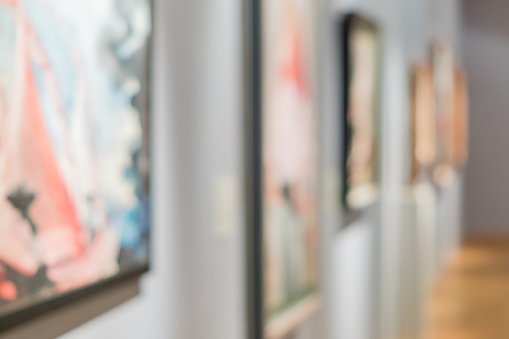Art collections form a very special part of an estate and for many investing in art is not primarily about financial gains but about their admiration for art itself. Art and collectibles however should be considered as part of your overall wealth, so you must evaluate how they influence your wealth plan and how they can support your overall wealth and estate planning goals.
In this article we are going to discuss a few issues you might want to consider before including this special asset category into your estate.

Is art a good investment?
Art can be a good investment, but only if you make conscious decisions and don’t let your adoration take over. Art is less liquid than other classical asset categories, so you need to carefully analyse what percentage of your assets you can allocate to this category. Furthermore, there are additional costs related to art and other collectibles that you need to consider, as insurance and storage costs might add up to a quite significant amount over time. Another factor you want to consider is diversification. Just as in case of any other asset categories, when you buy art and collectibles it is wise to diversify your portfolio and invest in different genres. This will not only support your position but might help you to even out potentially negative effects of the different trends in the market. Knowing the value of your art and collectibles is essential, therefore you must involve professionals to appraise it periodically.
Involving your wealth manager in the process is essential, as there are many factors that need to be considered and taken care of to ensure your collection is well protected and your expenses are kept at the minimum level.
What to consider when investing in art?
Art is a long-time investment, and it won’t provide you with steady income, so be cautious and discuss investments into this asset category with your wealth manager or financial advisor. On the plus side, art tends to appreciate consistently over time and there are almost no market fluctuations.
Buying art, especially higher value items require privacy and not only because of the evident safety issues. In many cases knowing who the buyer is can result in excessive pricing, so involving an agent or your wealth manager is strongly advised.
You need extensive knowledge to assess the opportunities investing in art can offer, so make sure to educate yourself and involve experts of this field before committing to any purchase.
Proper documentation is essential and not only to support authenticity and passage of clear legal title. When purchasing art, aim to get the provenance report, bills of sale from past transactions, an art loss check, and a recent appraisal and condition report as well. These will demonstrate the worth of your piece and increase your chances of getting a good return on your investment.
Purchasing, gifting, or selling art have many tax implications that vary significantly depending on the ownership structure you created for your collection, and you need to include these into your tax planning.
What is the best structure for owning art?
The optimal ownership structure depends on a variety of factors, and it must be aligned with your current wealth plan and your estate plan, so you need to consider many details. For many, these assets are very private and form a special part of their legacy, so finding the best long-term structure that enables them to finance, own, donate and sell their collection in a tax efficient way has utmost importance.
Buying art can be a smart and joyous investment at the same time, but you must keep yourself from making impulse decisions. Patience and hiring an expert will serve you the best in the process. Primus Wealth has the knowledge and the experience to make the international systems work for you and find the optimal structure for your art collection. Contact us, and our experts are at your service during the whole process.

